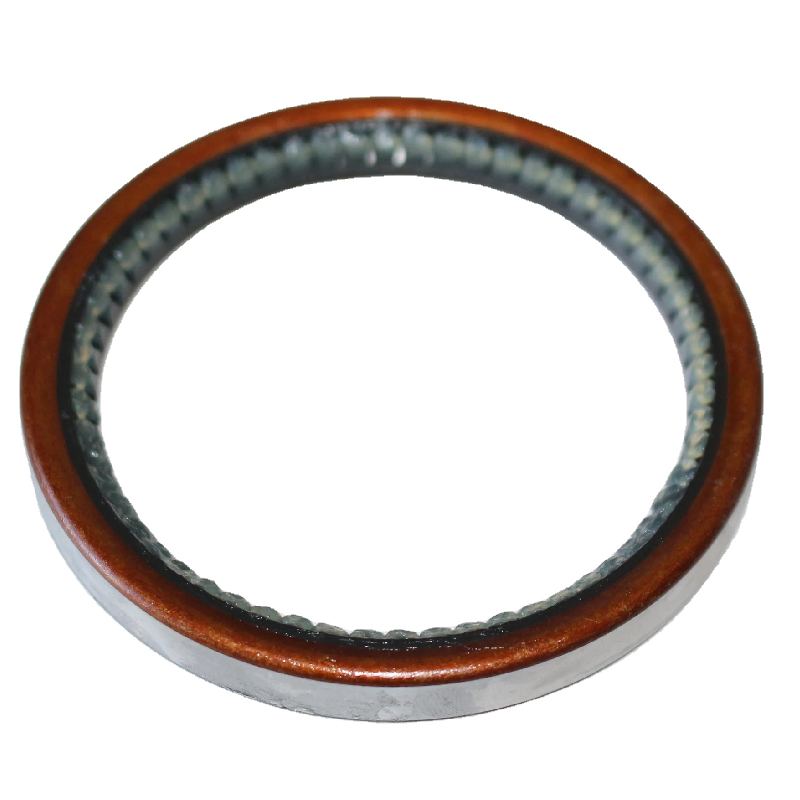oil bolt size
Understanding Oil Bolt Size Importance and Specifications
When it comes to machinery, especially in automotive and industrial contexts, the importance of oil bolt size should not be underestimated. Oil bolts play a crucial role in ensuring the integrity and efficiency of an engine or machine by securing various components that contain lubricants essential for operational functionality. This article will delve into the significance of oil bolt size, the factors that influence it, and how to select the appropriate size for your machinery.
What is an Oil Bolt?
An oil bolt, also referred to as an oil drain bolt or an oil plug, is typically a threaded fastener used to seal the oil reservoir of a vehicle or machinery. It ensures that oil does not leak from the engine and keeps the lubrication system intact. This is vital because oil lubricates various moving parts, reduces friction, and prevents overheating.
Why is Size Important?
The size of an oil bolt is crucial for several reasons
1. Sealing Effectiveness An oil bolt must fit snugly to create a proper seal. If the size is incorrect—either too large or too small—it can lead to leaks, resulting in a loss of oil and potentially catastrophic engine failure.
2. Material Compatibility The size also dictates the compatibility with different materials. For instance, softer metals may require a bolt of a specific size to avoid stripping or damaging the threads.
3. Torque Specifications Each oil bolt has a recommended torque rating associated with its size. Proper torque ensures that the bolt is tightened to the right degree, thus maintaining the seal without risking damage to the surrounding components.
4. Ease of Use A correctly sized oil bolt is easier to install and remove, facilitating regular maintenance or oil changes. The convenience of a proper fit cannot be overstated in ensuring efficient upkeep of machinery.
Factors Influencing Oil Bolt Size
oil bolt size

Several factors influence the appropriate size of an oil bolt
- Engine Type Different engines have various specifications concerning oil capacity and pressure, determining the required size of the oil bolt. - Operating Conditions Machines operating under high pressure or extreme conditions may necessitate a thicker or more robust bolt size to withstand the demands placed upon it.
- Manufacturer Guidelines Always refer to the manufacturer's specifications. These guidelines provide the necessary standards for bolt size, ensuring compatibility and performance.
Selecting the Right Oil Bolt Size
To select the appropriate size, follow these steps
1. Consult Manuals Always check the vehicle or equipment's manual for the specified oil bolt size.
2. Measure Existing Bolts If replacing a bolt, measure the diameter and length of the existing bolt to ensure you get an exact match.
3. Consider Application Evaluate the application and operating conditions to determine if an alternative material or a bolt with a different size is advisable.
Conclusion
Understanding oil bolt size is essential for anyone involved in maintenance or repair work in automotive and industrial sectors. Choosing the right size not only ensures optimal performance and safety but also extends the life of your machinery. Always prioritize precision and quality when dealing with oil bolts to keep your engines running smoothly.
-
Simplifying Oil Changes: A Comprehensive Guide to Oil Drain Plugs and Their Variants
News Aug.04,2025
-
Mastering Oil Drain Maintenance: Solutions for Stripped, Worn, and Upgraded Oil Plugs
News Aug.04,2025
-
Fixing Oil Pan Plug Issues: Leaks, Stripped Nuts, and the Right Replacement Solutions
News Aug.04,2025
-
Everything You Need to Know About Oil Drain Plugs: Sizes, Fixes, and Upgrades
News Aug.04,2025
-
Choosing the Right Oil Drain Plug: A Guide to Sizes, Materials, and Drain Innovations
News Aug.04,2025
-
A Complete Guide to Automotive Drain Plugs: Types, Problems, and Innovative Solutions
News Aug.04,2025
-
The Ultimate Guide to Car Repair Kits: Tools and Essentials Every Driver Should Own
News Aug.01,2025
Products categories















